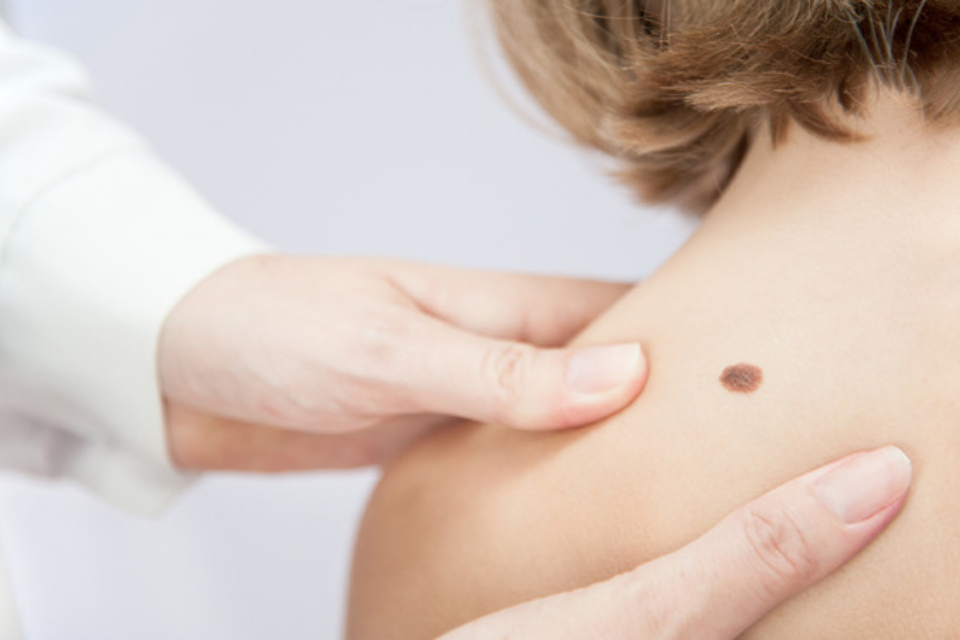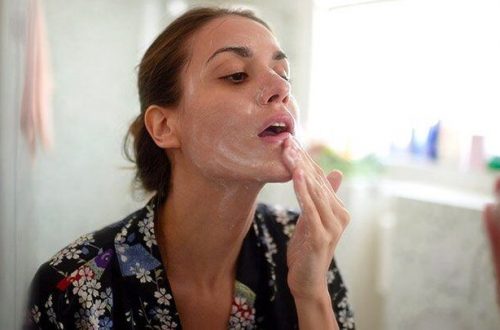
How to safely remove a birthmark – and how not to do it!
If a mole is healthy, i.e. not a pathological change, it can be removed in various ways. We present three here. Most people want even skin, but liver spots are often a problem. A dermatologist explains how laser or electricity removes a mole.
Humans have an average of 30 to 40 birthmarks on their faces and body. Depending on position and taste, they are perceived as aesthetic – think of Cindy Crawford’s legendary mole above her lips – or as annoying. Then there are various treatment methods with which birthmarks can be made to disappear permanently but only from a dermatologist.
Before removing a birthmark, experts must assess whether it is a harmless, healthy skin area. In the medical sense, birthmarks are, by definition, harmless. Birthmarks (medically “nevi”) are benign skin lesions in which pigment cells accumulate excessively in one place, causing the skin to darken. Port-wine stains, in which there are excessive veins in one part of the house, are also birthmarks, and they are also harmless.
The term mole has no concrete definition; every darker spot on the skin can be described as such, including age spots, for example. Removing a mole yourself – by any means – is never a good idea.
Remove moles yourself with home remedies. Dangerous because…
Only dermatologists can determine which moles are dangerous and which are harmless. It is, therefore, essential to have regular skin cancer screening and, under no circumstances, try to make moles disappear yourself. Even if the Internet is full of insider tips on how home remedies can remove birthmarks, the expert advises against them for a particular reason: Remedies such as vinegar or wart ice cream only cause the birthmark to change superficially or form a scar. Then there is a risk that you will no longer be able to see the warning signs of skin cancer underneath!
But what is the safe way to remove birthmarks? You have to generally distinguish between birthmarks that you CAN remove for cosmetic reasons and birthmarks that you MUST remove for medical reasons. Depending on the risk potential, only specific methods are possible.
If a mole has skin cancer potential, it must be surgically removed, even under the skin. What we call a “dangerous birthmark” is a possible tumour. Cells on the bottom of birthmarks can mutate and form tumours, leading to skin cancer. Cell mutation in the skin can also manifest itself by changing the appearance and characteristics of the overlying mole. Therefore, as a precaution, it is cut out and examined in the laboratory for possible tumour cells.
Detect skin cancer with the ABCDE rule
If you notice abnormalities on a birthmark according to the ABCDE rule, a visit to the dermatologist is essential. Regardless of symptoms, it would help if you went to your dermatologist or family doctor for early skin cancer detection every two years to be on the safe side. From the age of 35, this offer is a standard benefit of the statutory health insurance companies, i.e. free of charge for patients.
However, many health insurance companies also offer younger insured persons the opportunity for free skin cancer screening, in which birthmarks are examined, among other things. Nevertheless, unfortunately, only 30 per cent of those entitled take advantage of the offer, probably out of fear. But: If potentially serious skin changes, such as actinic keratosis, are discovered and removed in good time, dangerous skin cancer does not develop in the first place.
Removing a healthy mole with laser, freezing and electricity
Anyone who wants to get rid of a healthy birthmark because it is visually disturbing – e.g. is perceived as too large or protruding – has several possible procedures to choose from. The dermatologist’s practice usually has the following options for removing a harmless mole:
Laser: “After a local anaesthetic, the laser beam is aimed at the mole, which completely evaporates. A crust forms, like after a graze, which eventually falls off by itself and must never be removed. The only exception: If a hair grows out of the mole, it is possible that after the laser treatment through the follicle, a little pigment will come back to the skin’s surface over time, i.e. a small darker point appears. With the laser, protruding and smooth birthmarks can be completely removed.”
Icing: The mole is briefly frozen with liquid nitrogen, which usually does not require anaesthesia. The cold destroys the cells, creating a protective crust similar to lasers. Icing can also permanently remove moles if done professionally. However, with this method, not all pigments may be broken down, and a birthmark may form again.
CellFx: This is a new technology that can be used to remove disruptive tissue – such as birthmarks or warts – without leaving a trace. To do this, extremely short pulses of electricity are passed through the skin cells, causing them to disintegrate. In contrast to lasers and freezing, there is no crusting immediately after treatment.




